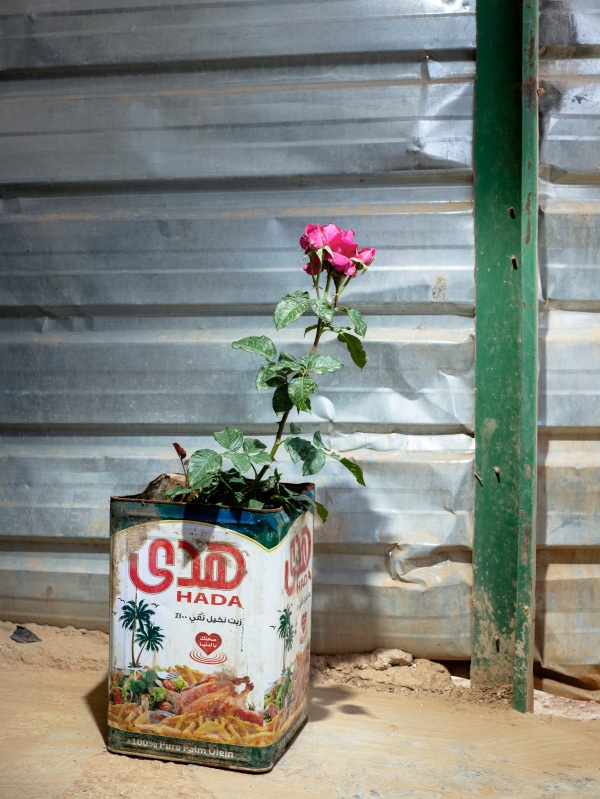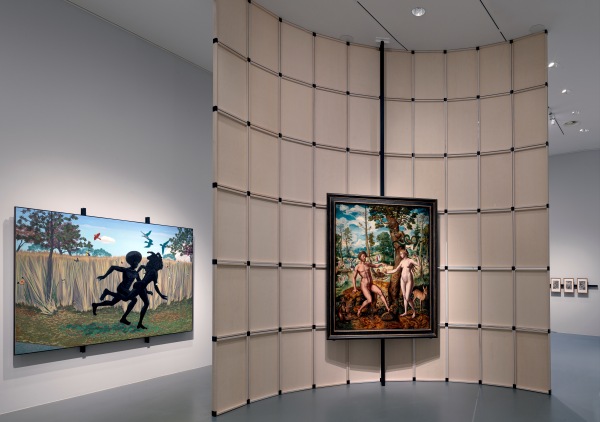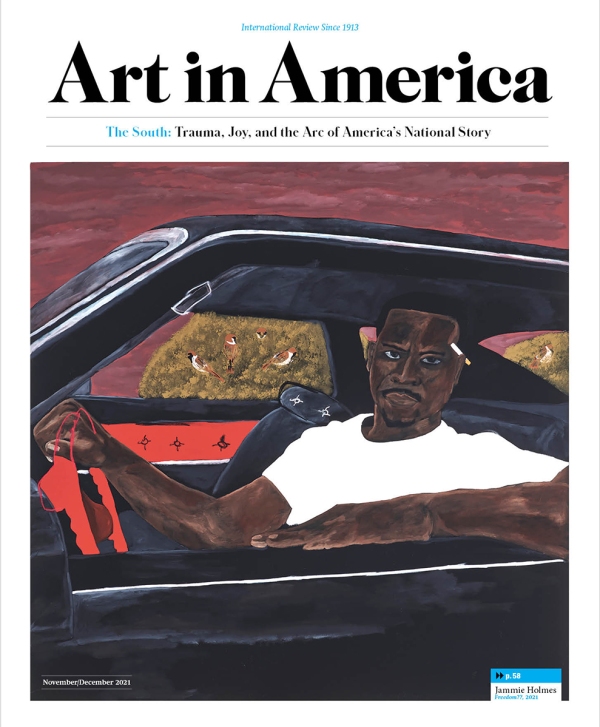
ECHO DELAY REVERB
ART AMÉRICAIN ET PENSÉES FRANCOPHONES
Naomi Beckwith, Emma Bigé, Judith Butler, Audrey Célestine, Pauline Clochec, Huey Copeland, François Cusset, Aria Dean, Guillaume Désanges, Éric Fassin, Jackqueline Frost, Florian Gaité, Renée Green, Emmanuel Guy, Élisabeth Lebovici, Catherine Malabou, Sophie Mendelsohn, Émilie Notéris, Mathieu Potte-Bonneville, Camille Robcis, Tiphaine Samoyault, Adam Shatz, Mawena Yehouessi, Elvan Zabunyan
designer deValence
format 190 x 250 mm
pages 240 p.
ISBN 9782494983397
L’ouvrage est publié en coédition avec le Palais de Tokyo, en parallèle de l’exposition « ECHO DELAY REVERB » visible du 22 octobre 2025 au 15 février 2026.
Tout au long du XXe siècle, des penseur·ses, activistes et poète·sses dans la sphère francophone ont transgressé les genres et modifié les perspectives sur le monde contemporain. Néanmoins, au-delà et parfois avant leur reconnaissance en France, leurs idées ont été traduites aux États-Unis et ont servi à fabriquer des outils pour une vision critique des institutions, de l’art comme de la société, contestant des normes sociales, esthétiques et linguistiques, ouvrant à de nouvelles manières de voir et d’agir. Si le concept phare de French Theory a été défini dans les années 1990 pour évoquer la réception enthousiaste que les États-Unis ont réservé à des auteurs comme Roland Barthes, Michel Foucault, Gilles Deleuze ou Jacques Derrida, d’autres figures, telles que Suzanne et Aimé Césaire, Frantz Fanon, Maryse Condé, Édouard Glissant ou encore Monique Wittig, ont été déterminantes pour le champ de l’art comme pour les études postcoloniales, féministes et de genre. C’est l’histoire de cette circulation des idées, de leur résonance et appropriation par plusieurs générations d’artistes outre-Atlantique que déploie cet ouvrage qui prolonge l’exposition éponyme conçue par Naomi Beckwith au Palais de Tokyo.
Source: ECHO DELAY REVERB – éditions B42
Diasporic Landscapes of Longing, bell hooks. 1994.









